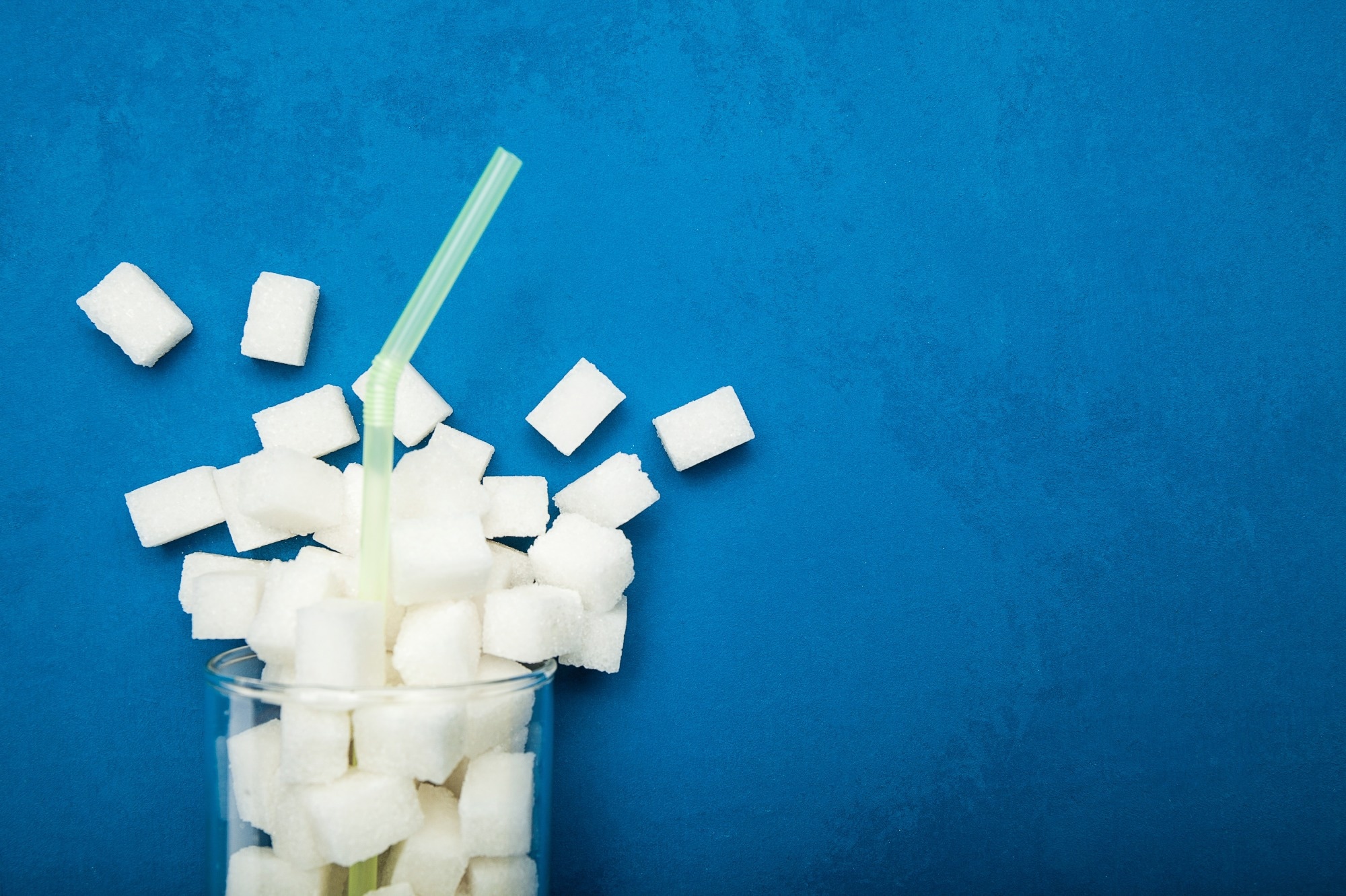In a latest research printed within the European Journal of Scientific Vitamin, researchers used Mendelian randomization (MR) to discover the associations between the consumption of pure fruit juices (PFJ) and sugar-sweetened drinks (SSBs) with heart problems (CVD).
 Examine: Affiliation between sugar-sweetened drinks and pure fruit juice with danger of six cardiovascular ailments: a Mendelian randomization research. Picture Credit score: Andrii Zastrozhnov/Shutterstock.com
Examine: Affiliation between sugar-sweetened drinks and pure fruit juice with danger of six cardiovascular ailments: a Mendelian randomization research. Picture Credit score: Andrii Zastrozhnov/Shutterstock.com
Background
Cardiovascular diseases are a significant worldwide well being drawback, with danger components together with excessive physique mass index (BMI), alcohol use, and smoking habits.
SSBs and PFJ are related to CVD; nevertheless, the causative relationship is unsure. SSBs could also be an elastic dietary goal for decreasing the CVD danger amongst females; nevertheless, PFJ could also be a main predictor.
Nonetheless, a number of investigations have discovered no direct hyperlink between SSBs and CVD. PFJ use can enhance necessary nutrient consumption; nevertheless, one ought to restrict consumption as a result of excessive free sugar and vitality content material.
The well being penalties of PFJ consumption are inconsistent, and dietary recommendation differs amongst nations. The hyperlink between PFJ use and CVD mortality is unclear.
In regards to the research
The current research researchers investigated whether or not SSB and PFJ consumption elevated CVD danger.
The researchers assessed genetically estimated causal relationships between sugar-sweetened drinks, pure fruit juices [obtained from genome-wide association studies (GWAS) of European individuals], and 6 CVDs [hypertension, angina pectoris, atrial fibrillation (AF), coronary atherosclerosis (CA), acute myocardial infarction (AMI), and heart failure (HF)] utilizing mendelian randomization.
The group obtained dietary consumption knowledge from the UK Biobank primarily based on the Oxford WebQ 24-hour weight loss plan recall questionnaires crammed out by 85,852 people. GWAS knowledge on atrial fibrillation included 3,818 instances, with 333,381 management people. Angina knowledge included 10,083 sufferers and 452,927 disease-free people.
AMI knowledge included 3,927 sufferers and 333,272 management people. Coronary atherosclerosis knowledge included 14,334 sufferers with 346,860 controls. Coronary heart failure GWAS knowledge included 1,405 sufferers with 359,789 management people. GWAS knowledge on hypertension included 54,358 sufferers with 408,652 controls.
The researchers used the inverse variance weighted (IVW) method for evaluation, supplemented by the Cochran Q check, weighted median, MR Egger regressions, MR pleiotropy, Bonferroni corrections, and funnel plots.
To make sure that the first evaluation findings have been strong, they calculated F-values as complementary checks to ascertain looser cut-offs for exposing the instrumental variables (IVs) and chosen IVs by detecting single nucleotide polymorphisms (SNPs) strongly related to PFJ and SSBs.
They decided odds ratios (OR) for the associations between SSB, PFJ consumption, and CVD.
Outcomes and dialogue
The MR evaluation confirmed genetically causal constructive associations between sugar-sweetened drinks and atrial fibrillation (OR, 1.02) and detrimental associations between pure fruit juice and angina pectoris (OR, 0.97).
Nonetheless, there have been no causal relationships between SSB and PFJ consumption and different heart problems dangers. Supplementary MR strategies yielded related outcomes.
The leave-one-out evaluation confirmed that particular person SNP elimination didn’t alter the causal associations, indicating that the first findings have been dependable and strong.
SSB and PFJ intakes have distinct substance compositions, which may increase the prospect of creating AF whereas lowering the chance of angina. SSBs include dietary components akin to sodium citrate, which can enhance the chance of AF over time.
Extreme consumption of SSBs can activate an inflammatory response, leading to increased ranges of circulating inflammatory markers akin to interleukin-6 (IL-6), C-reactive protein (CRP), and tumor necrosis issue receptors 1 and a pair of (TNF-r1, r2). Greater IL-6 ranges are related to a rise in AF burden and mortality.
PFJ, then again, has excessive ranges of polyphenols, a few of which have anti-inflammatory properties. Pomegranate juice can decrease inflammatory indicators akin to vascular cell adhesion molecule-1 (VCAM-1), E-selectin, and IL-6 as a consequence of its excessive focus of hydrolyzable tannins.
PFJ’s anti-inflammatory properties could decrease angina incidence by blocking platelet aggregation and stopping coronary plaque improvement.
Conclusions
The research findings revealed a constructive relationship between sugar-sweetened drinks and atrial fibrillation, whereas pure fruit juice had a detrimental hyperlink with angina.
The findings ought to assist us higher perceive the impression of long-term SSB/PFJ consumption on heart problems (CVD) and suggest dietary decisions for people who find themselves in danger. Sufferers with AF ought to restrict their SSB consumption to stop potential pathogenic hazards, whereas people could incorporate PFJ into their weight loss plan as a protecting issue towards angina.
Nonetheless, additional scientific and elementary analysis is required to verify these findings. Future analysis ought to consider non-European ancestry teams and research knowledge on varied varieties of SSBs/PFJ and consumption charges to higher perceive their impression on CVD.
Additional analysis is required to enhance the understanding of their protecting and pathogenic traits and assess their potential utility in scientific CVD prevention and remedy.

